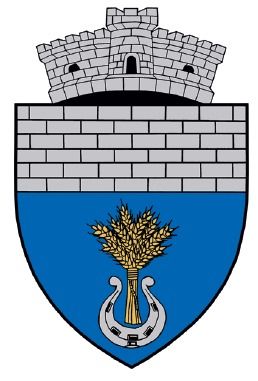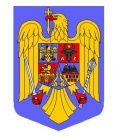Nalbant: Difference between revisions
Knorrepoes (talk | contribs) m (Text replacement - "Literature : " to "'''Literature''': ") |
Knorrepoes (talk | contribs) m (Text replacement - "{{ro}}'''" to "'''") |
||
| (2 intermediate revisions by the same user not shown) | |||
| Line 1: | Line 1: | ||
''' {{uc:{{PAGENAME}}}} ''' | ''' {{uc:{{PAGENAME}}}} ''' | ||
| Line 15: | Line 13: | ||
The wall refers to the ruins of a Roman-Byzantine settlement and Roman fortifications in the area. Horseshoe refers to the name of the village, which is of Turkish origin and means farrier. The wheat refers to the agricultural character of the area. | The wall refers to the ruins of a Roman-Byzantine settlement and Roman fortifications in the area. Horseshoe refers to the name of the village, which is of Turkish origin and means farrier. The wheat refers to the agricultural character of the area. | ||
{{ro}} | |||
{{media}} | {{media}} | ||
Latest revision as of 13:25, 11 February 2024
NALBANT
District/county (județ) : Tulcea
Official blazon
Un scut triunghiular albastru, cu marginile rotunjite, cu un șef zidit de argint. În partea inferioară se află o potcoavă de argint din care iese un buchet de spice de grâu de aur. Scutul este timbrat de o coroană murală de argint cu un turn crenelat.
Origin/meaning
The arms were officially granted on March 25, 2015.
The wall refers to the ruins of a Roman-Byzantine settlement and Roman fortifications in the area. Horseshoe refers to the name of the village, which is of Turkish origin and means farrier. The wheat refers to the agricultural character of the area.
Romania heraldry portal
This page is part of the Romania heraldry portal |
Heraldry of the World |
|
Civic heraldry:
|
Other heraldry: |
Contact and Support
Partners:
Your logo here ?
Contact us
© since 1995, Heraldry of the World, Ralf Hartemink 
Index of the site
Literature: image from ro.wikipedia.org












